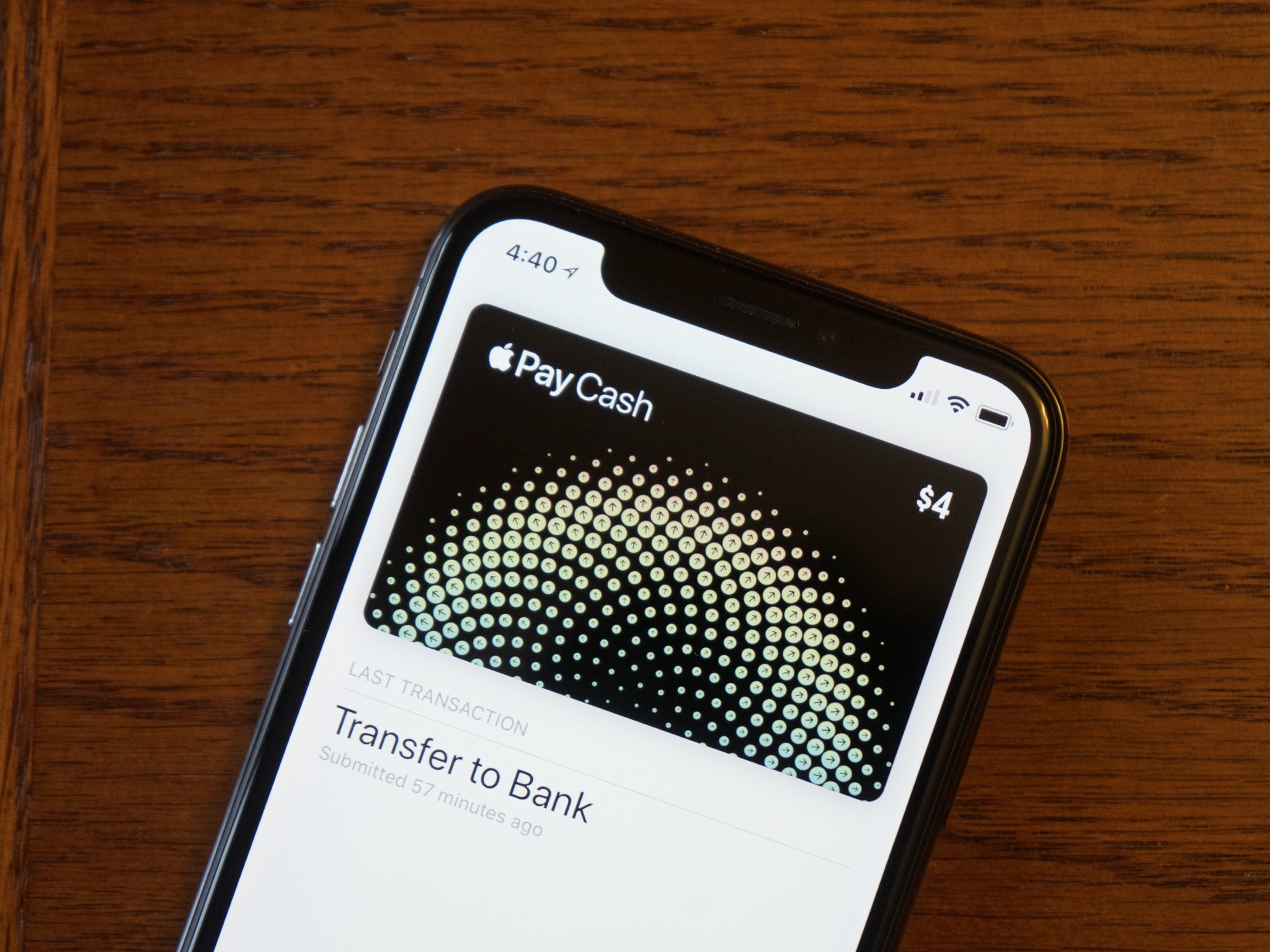
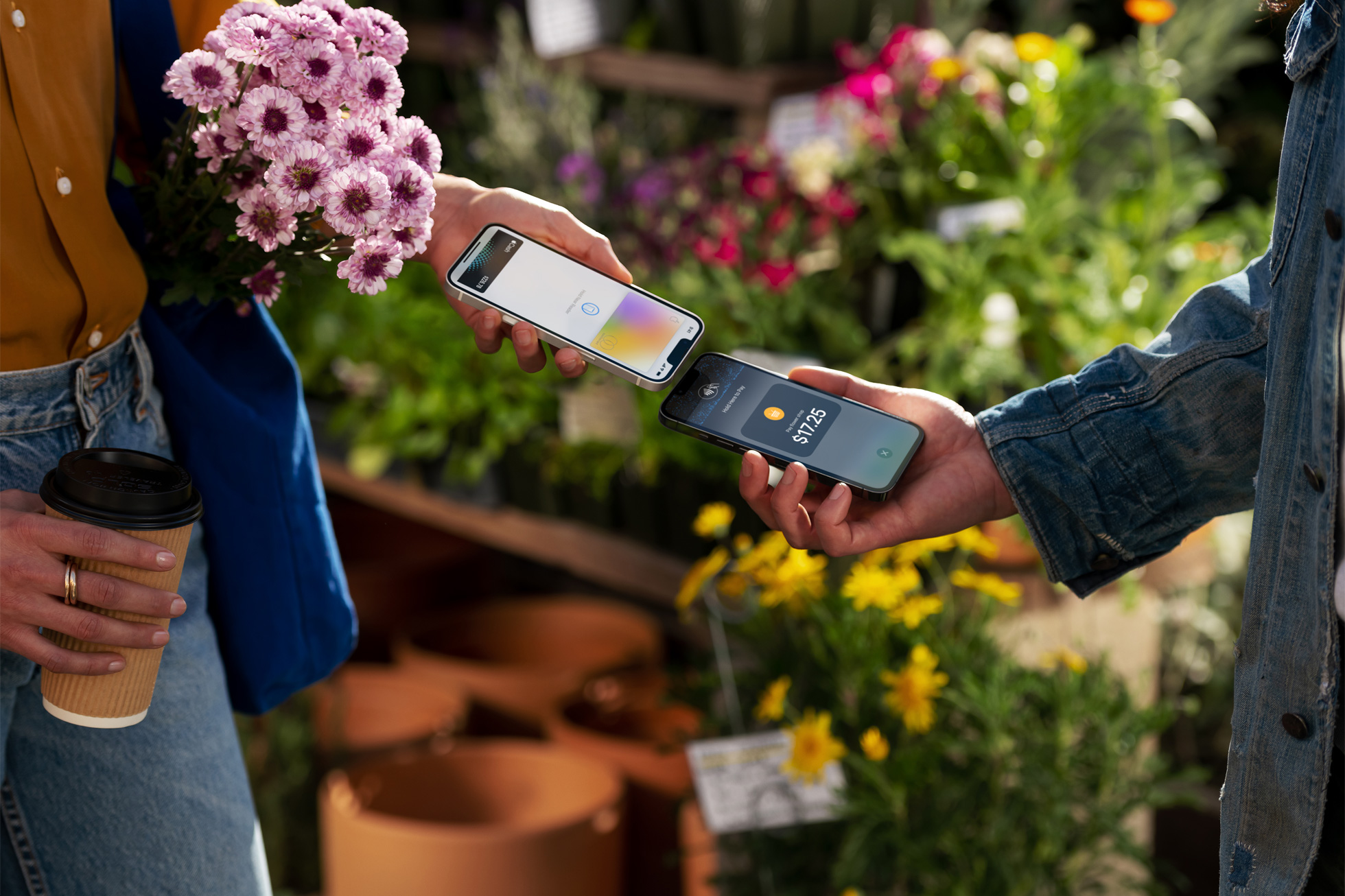
Yesterday, Apple confirmed its NFC-enabled iPhones will soon gain the ability to accept Tap to Pay payments. Having been previously rumored, it's now official that iPhones will be able to accept card payments, cutting out the need for a dedicated terminal device like those made by Square, for processing Apple Pay and other contactless transactions.
Contactless payments are yet to really take off in the U.S. despite most other developed economies having embraced tap-to-pay technologies years ago. That may be about to change, though, if millions of business owners suddenly have an Apple Pay terminal in their pocket.
Contactless hesitancy
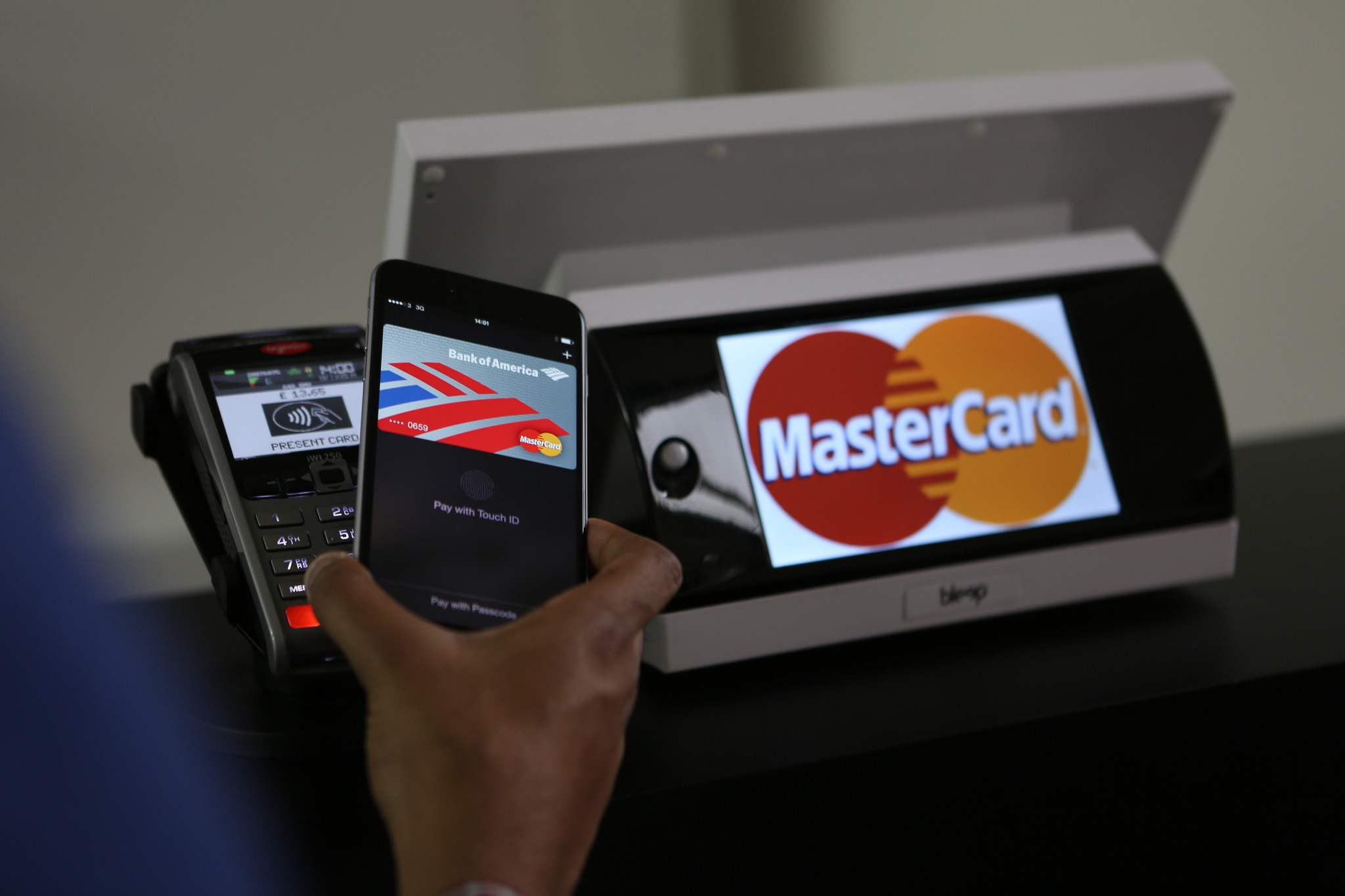
Though still way behind places like Australia or the UK, contactless payments are on the rise in the U.S., partially fueled by a desire for touch-free payments in an ongoing pandemic, with a Mastercard poll pegging usage at just over half of Americans in 2020.
Mobile payments specifically grew 29% in 2021, according to research by eMarketer, with Apple Pay being the dominant player at just shy of 44 million U.S. users. The firm expects Apple to add over 14 million users to this total by 2025 and for over half of smartphone owners to use mobile payments by this time.
Unlike many other countries, the U.S. held on to mag-stripe cards rather than embracing the more secure (but more time-consuming) chip & PIN. Contactless later did away with the need to insert a card and punch in a pin (with a spending cap to limit abuse), but it wasn't seen as much of an upgrade in user experience over a magnetic swipe.
Because of this, the adoption of contactless payments, and therefore mobile payments, has been slow in the U.S. due to a lack of desire from merchants to upgrade their payment devices to support NFC and an inability for new technologies to change old habits. When Apple Pay launched in 2014, only 220,000 merchant locations supported contactless payments. Having to upgrade payment terminals across the country is no easy feat, meaning Apple Pay was always set to be a slow burn in the U.S.
"A billion pockets, y'all"
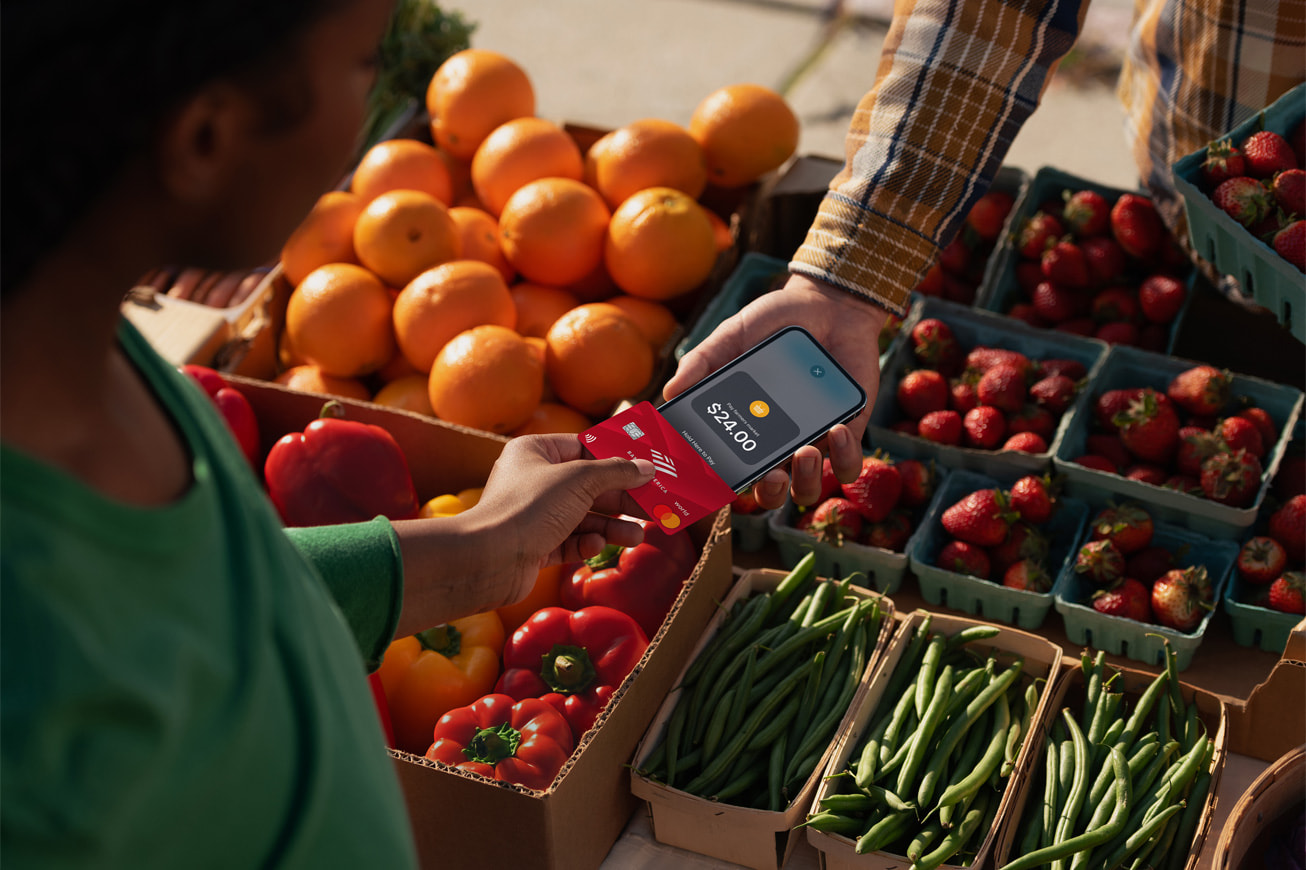
Almost eight years on, Apple Pay is now accepted at 90% of U.S. retailers according to Apple, but it's the smaller retailers that this new Tap to Pay feature stands to benefit with no need to purchase any additional hardware in order to accept contactless payments.
iMore offers spot-on advice and guidance from our team of experts, with decades of Apple device experience to lean on. Learn more with iMore!
Not all iPhone users run a business, but a lot of business owners use an iPhone.
Apple has iPhones in over 1 billion pockets, as Oprah once enthusiastically proclaimed, meaning anything Apple does with the platform is notable.
While not all iPhone users run a business, a lot of business owners use an iPhone. If a small business owner is contemplating taking contactless payments, or card payments for the first time, having to pay to upgrade their terminal or get a dedicated device from the likes of Square is a significant barrier to entry. The new iPhone Tap to Pay feature becomes the obvious choice since it's already built into the device they use every day.
While not all of the billion-plus iPhones in use have NFC built-in, the near-field tech has been available in the best iPhone models released over the past few years. Indeed, Apple has confirmed that iPhone XS devices or newer will support the new Tap to Pay feature.
Technical implementation
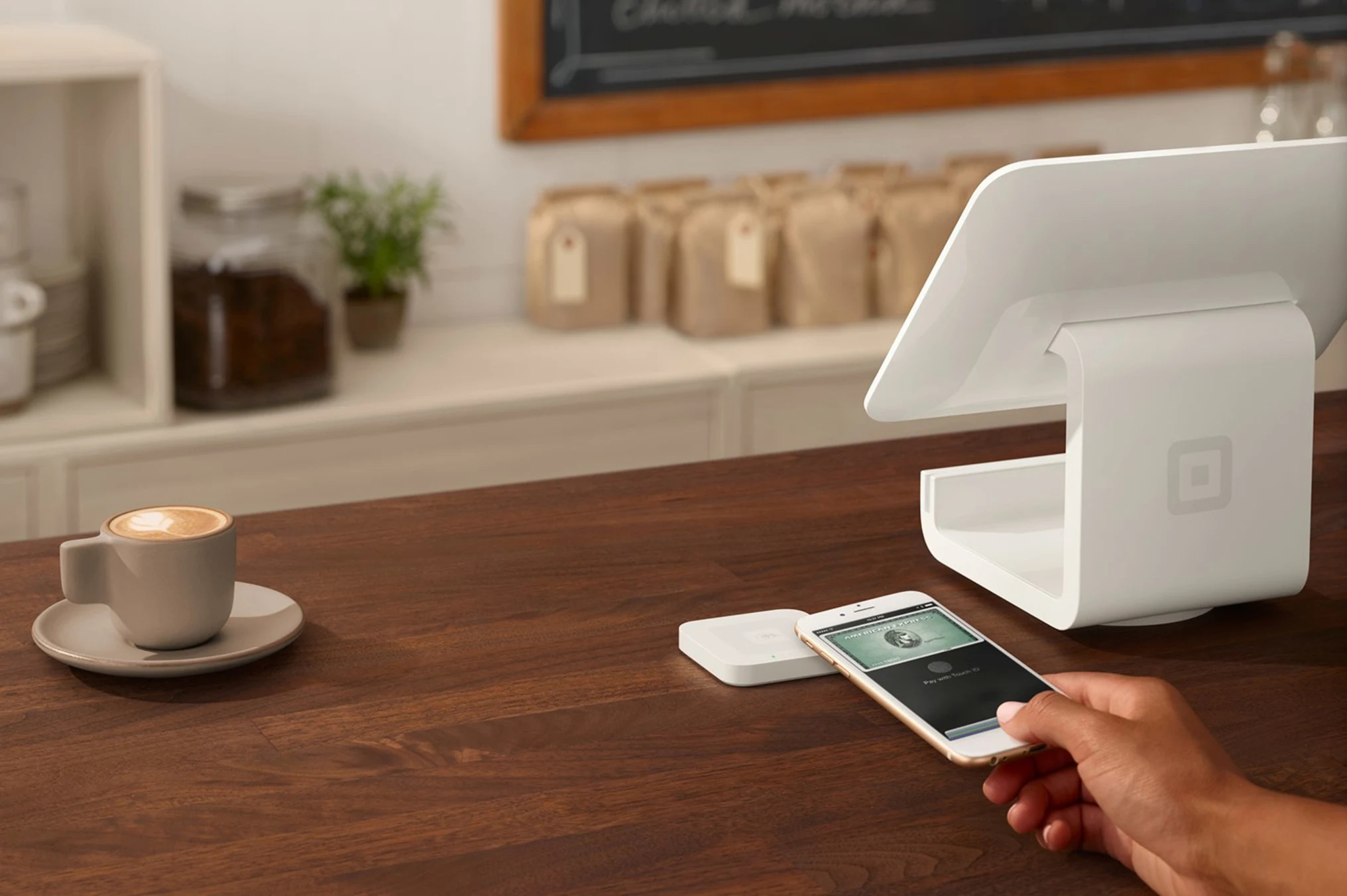
Given this iPhone-as-payment-terminal feature has only just been announced, the details haven't yet been unveiled publicly but we do know a little bit about how it will work. Interestingly, Apple has said that it is partnering with existing payment platforms for Tap to Pay and not rolling out the whole solution itself:
Tap to Pay on iPhone will be available for payment platforms and app developers to integrate into their iOS apps and offer as a payment option to their business customers. Stripe will be the first payment platform to offer Tap to Pay on iPhone to their business customers, including the Shopify Point of Sale app this spring. Additional payment platforms and apps will follow later this year.
Matt Birchler of Birchtree, who is something of an expert in this field, thinks that Apple did the right thing by rolling Tap to Pay into Apple Pay and allowing third parties to utilize the feature.
"Basically with all Apple Pay things, there's no downside for the merchant, no downside for the payment provider, and the only potential downside for processing platforms would be that the 2-3% they get has a bit that goes to Apple," Birchler says.
That's in contrast to merchants running a Square terminal which, in the U.S., charges a fee of 2.6% + 10 cents for in-person card payments. A portion of that covers the bank and card network costs, as with any card payment, but a chunk is kept by Square for its tools and features. That's money out of the merchant's pocket and into Square's.
For Birchler, therefore, Tap to Pay on iPhone appears to be a "total no-brainer" for smaller businesses.
Smaller businesses will be able to continue using their existing POS system and the iPhone they already have. It's a win-win. Without knowing the specifics of Apple's feature, the only problem Birchler foresees is a long-term one for payment device manufacturers as Tap to Pay on iPhone becomes one less reason to need a dedicated device. "Most will still need one for the time being since not every customer is contactless-ready, but it's a matter of time," he says.
Peer-to-peer payments
What Tap to Pay on iPhone is not, at least at launch, is a way for buddies to send each other money directly with a tap. Apple already has Apple Cash, which makes sending money to another iPhone user as easy as sending a text message.
Tap to Pay goes beyond just the Apple ecosystem, though, with support for other digital wallets and even plastic cards. Maybe it will become a consumer feature in the future after it has been explored in a retail setting, but that remains to be seen.
It's worth noting that Apple has yet to expand its Apple Cash and Apple Card offerings outside of the U.S., so it's anyone's guess as to how Apple's latest commerce venture will develop.
Sorry, Square
Tap to Pay on iPhone is potentially good news for all involved. Businesses don't have to spend money on an upgraded payment terminal or a dedicated Square reader, users can enjoy the convenience of Apple Pay in more places, and a rising tide of contactless payments only serves to increase the use of Apple Pay overall which suits Apple's goal of increasing its services revenue. Really, it's only bad news if you are a terminal maker.
Adam Oram is a Senior Writer at iMore. He studied Media at Newcastle University and has been writing about technology since 2013. He previously worked as an Apple Genius and as a Deals Editor at Thrifter. His spare time is spent watching football (both kinds), playing Pokémon games, and eating vegan food. Follow him on Twitter at @adamoram.

